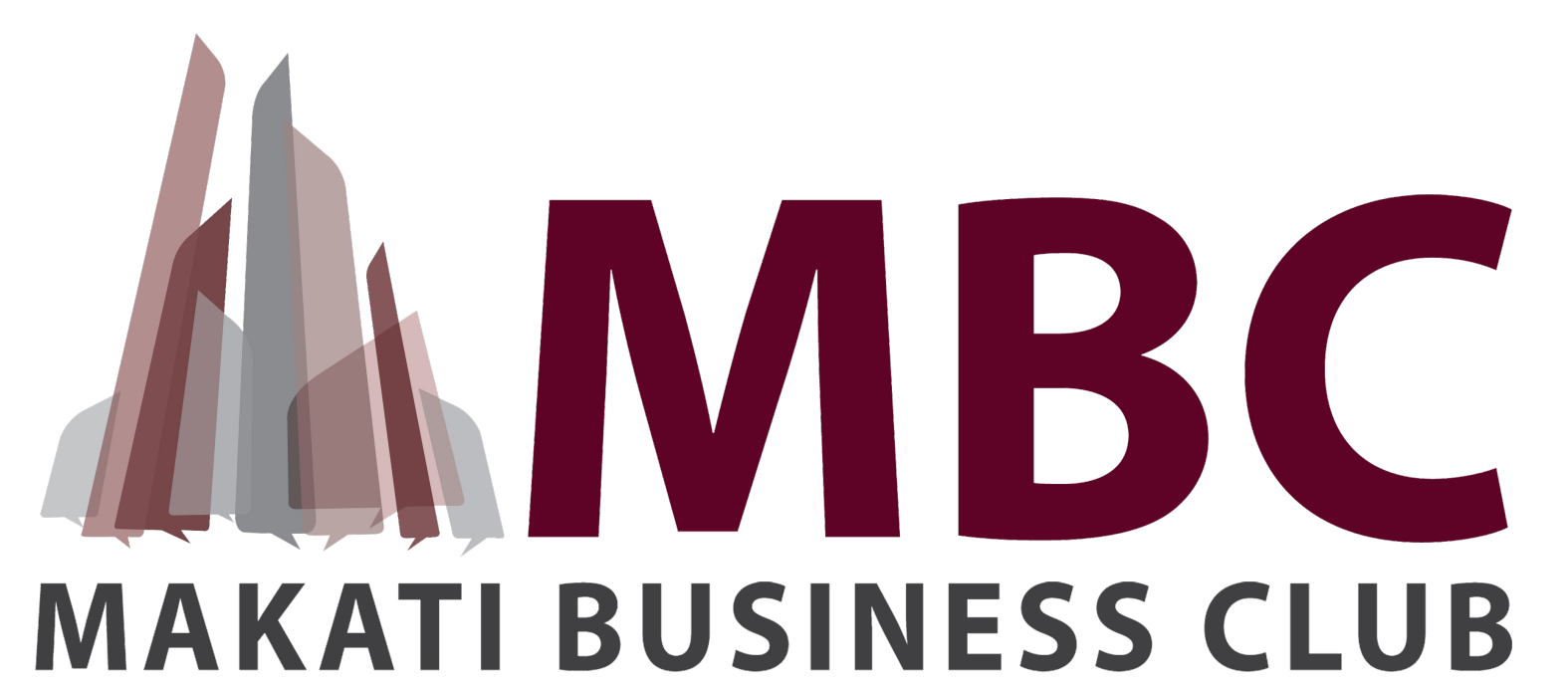The Philippine economy grew 11.8% in the second quarter, the first increase after 5 quarters of decline. However, the increase is partly due to the effect of coming from a low base: GDP slumped 17% a year before.
First-half growth was 3.7%, despite strict lockdown restrictions from end-March to mid-May.
Major economic sectors posted positive Q2 growth rates with Industry growing by 20.8% and Services by 9.6%. Meanwhile, Agriculture, forestry, and fishing posted a contraction of -0.1% which, according to Secretary Chua, is a result of the decline in pork production.
Manufacturing (22.3%), construction (25.7%), and wholesale and retail trade (5.4%) were the top industry contributors to the Q2 growth, while the weak performance of the agriculture, forestry and fishing sector dragged the growth down by 0.01 percentage point.
“The significant improvement in almost all economic indicators highlighted gains from our risk-based approach to quarantines and our strong economic fundamentals,” says NEDA Secretary Karl Chua. He adds, “We will continue to accelerate the implementation of our three pillar strategy to achieve our growth and job targets.” The three enablers to recovery include acceleration of the vaccination program, the safe re-opening of the economy while strictly adhering to health protocols, and the full implementation of the recovery package.
However, recovery prospects are threatened by the highly contagious COVID-19 Delta variant, which prompted the government to impose the strictest mobility restrictions in early August. The government’s Prevent-Detect-Isolate-Treat-Reintegrate strategy and an accelerated vaccination drive are critical components in containing the spread of the virus. If these programs were effectively implemented, businesses and workers would be able to return to work even as the pandemic continues.
